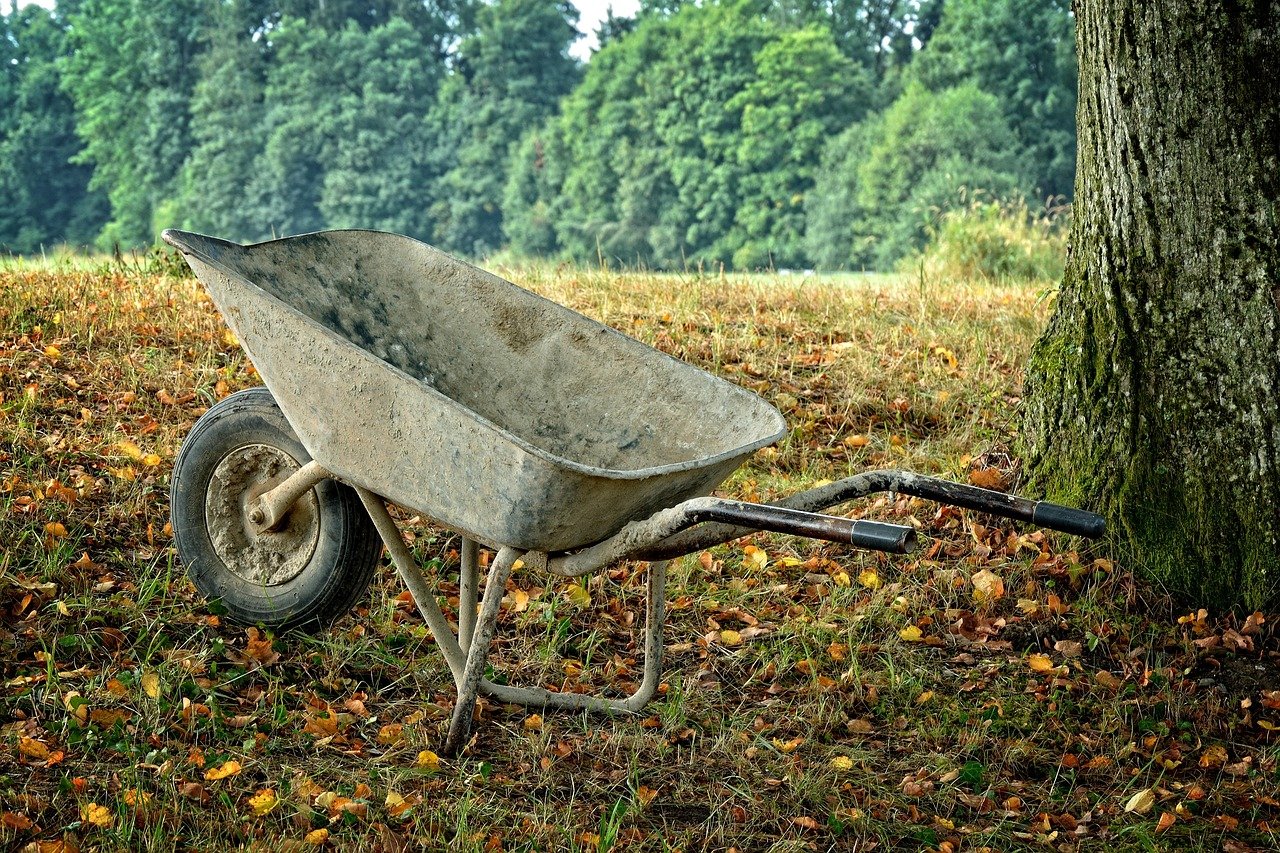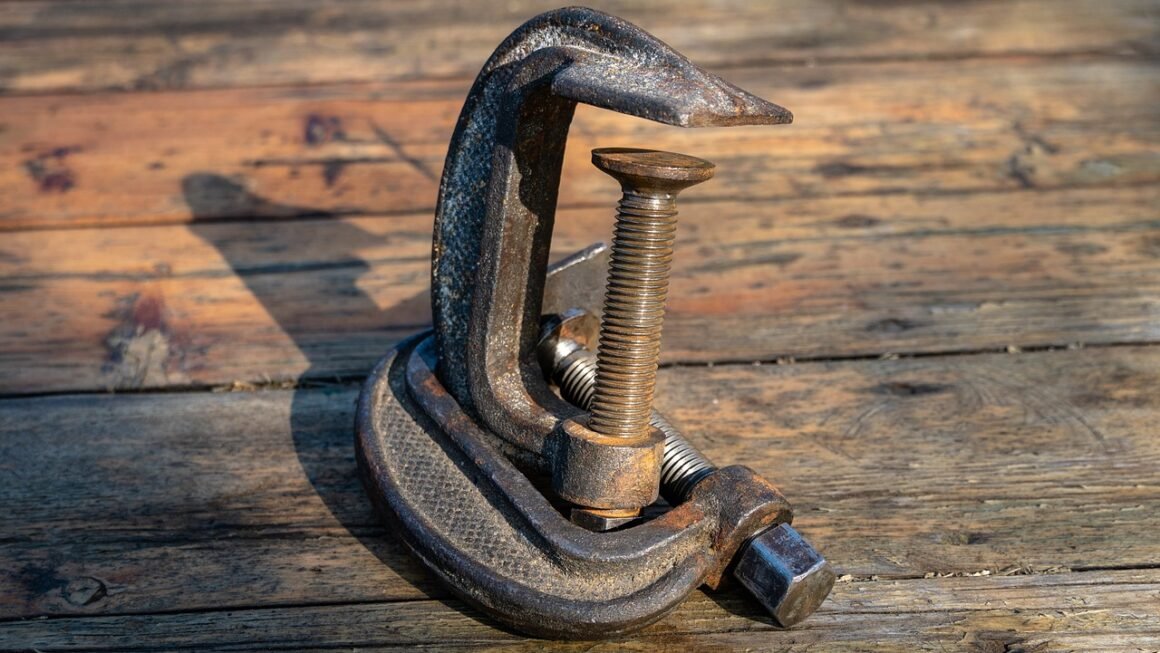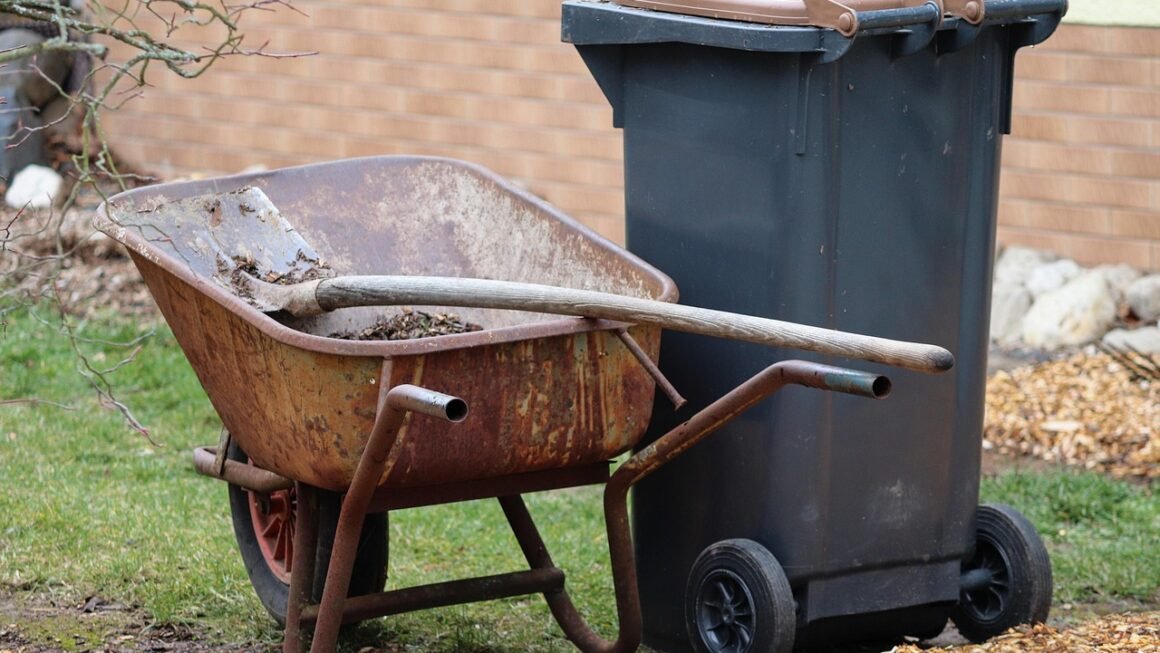Tired of unruly grass edges and that overgrown look around your flowerbeds? A grass trimmer, also known as a string trimmer or weed eater, is the perfect tool to achieve a pristine and manicured lawn. Choosing the right one can seem daunting with so many options available, but this guide will break down everything you need to know to select the ideal grass trimmer for your needs.
Understanding Grass Trimmers: Types and Power Sources
Corded Electric Trimmers
Corded electric grass trimmers are a reliable and budget-friendly option, perfect for smaller yards. They offer consistent power without the need for batteries or gasoline.
- Benefits: Lightweight, quiet operation, environmentally friendly, and typically less expensive than other types.
- Limitations: Limited by the length of the cord and require access to an electrical outlet. Not suitable for large properties or areas far from power sources.
- Example: A homeowner with a small suburban lawn and readily accessible outlets would find a corded electric trimmer ideal.
Cordless Electric Trimmers (Battery-Powered)
Cordless electric trimmers provide the freedom of movement without the hassle of cords. Powered by rechargeable batteries, these trimmers are becoming increasingly popular.
- Benefits: No cords, allowing for greater maneuverability, relatively quiet operation, and reduced emissions compared to gas-powered models.
- Limitations: Battery life can vary, and larger yards may require multiple battery charges or a high-capacity battery. Replacement batteries can be expensive.
- Example: A homeowner with a medium-sized yard and wants the flexibility to trim anywhere on their property without being tethered to an outlet would benefit from a cordless model.
- Actionable Tip: Consider the battery voltage (e.g., 20V, 40V, 80V). Higher voltage usually translates to more power and longer run times.
Gas-Powered Trimmers
Gas-powered grass trimmers offer the most power and are suitable for large properties and heavy-duty tasks. They can handle thick weeds and tough vegetation.
- Benefits: Powerful, portable, and capable of tackling thick vegetation. No need for cords or charging.
- Limitations: Noisier than electric models, require fuel and maintenance (oil changes, spark plug replacement), and produce emissions.
- Example: Someone maintaining a large acreage or dealing with dense, overgrown areas would find a gas-powered trimmer essential.
- Actionable Tip: Choose between a 2-cycle or 4-cycle engine. 4-cycle engines are generally easier to maintain and produce less emissions.
Key Features to Consider When Choosing a Grass Trimmer
Cutting Width
The cutting width determines the swath of grass the trimmer can cut in a single pass. A wider cutting width allows you to cover more ground quickly.
- Smaller yards: A cutting width of 10-12 inches is typically sufficient.
- Larger yards: Opt for a cutting width of 13-16 inches or more.
- Practical Example: A 15-inch cutting width will allow you to trim edges and around obstacles faster than a 10-inch cutting width, saving you time and effort.
Line Feed Mechanism
The line feed mechanism controls how the trimmer line is advanced. There are several types, each with its pros and cons.
- Bump Feed: The most common type. You “bump” the trimmer head on the ground to release more line.
- Automatic Feed: The trimmer automatically advances the line as needed.
- Fixed Line: Requires manually advancing the line. Less convenient but can be more durable.
- Actionable Tip: Bump feed is generally reliable and user-friendly. Automatic feed can be convenient, but sometimes advances too much line.
Shaft Design
The shaft design affects the reach and comfort of the trimmer. Consider both straight and curved shaft options.
- Straight Shaft: Offers better reach under bushes and shrubs. Often preferred by professionals.
- Curved Shaft: Generally lighter and easier to maneuver. Ideal for smaller yards and users who prefer a more comfortable grip.
- Adjustable Shaft: Some trimmers have adjustable shafts to accommodate different user heights.
- Practical Example: If you have a lot of landscaping with low-hanging branches, a straight shaft trimmer will be advantageous.
Weight and Ergonomics
The weight and ergonomics of the trimmer are crucial for comfortable use, especially during longer trimming sessions.
- Lightweight Models: Easier to handle and reduce fatigue. Look for models under 10 pounds.
- Ergonomic Handles: Provide a comfortable grip and reduce strain on your hands and wrists.
- Shoulder Straps: Some models come with shoulder straps to distribute the weight more evenly.
- Practical Example: Test the trimmer’s weight and balance in the store before purchasing. If possible, try holding it in different positions to see how it feels.
Safety and Maintenance
Safety Gear
Always wear appropriate safety gear when operating a grass trimmer.
- Eye Protection: Safety glasses or goggles to protect your eyes from flying debris.
- Hearing Protection: Earplugs or earmuffs, especially when using gas-powered trimmers.
- Closed-Toe Shoes: To protect your feet.
- Gloves: For a better grip and to protect your hands.
Trimmer Line
Choosing the right trimmer line is essential for optimal performance.
- Line Diameter: Thicker lines are more durable but require more power. Consult your trimmer’s manual for the recommended line diameter.
- Line Shape: Round, square, and star-shaped lines are available. Square and star-shaped lines typically cut more aggressively.
- Material: Nylon is the most common material, but stronger composite materials are also available.
- Actionable Tip: Always use the recommended line size for your specific trimmer model. Using the wrong line can damage the trimmer head or motor.
Maintenance
Regular maintenance will keep your grass trimmer running smoothly and extend its lifespan.
- Corded Electric: Keep the cord in good condition and avoid running over it.
- Cordless Electric: Charge the battery properly and store it in a cool, dry place.
- Gas-Powered: Check the fuel level and oil level regularly. Clean the air filter and spark plug periodically.
- All Types: Clean the trimmer head after each use to remove grass clippings and debris.
Common Grass Trimmer Problems and Solutions
Trimmer Not Starting
A common issue, especially with gas-powered models.
- Possible Causes: Empty fuel tank, clogged air filter, faulty spark plug, or carburetor issues.
- Solutions: Refuel the trimmer, clean or replace the air filter, replace the spark plug, or take the trimmer to a qualified repair shop.
Trimmer Line Breaking Frequently
This can be frustrating and time-consuming.
- Possible Causes: Using the wrong line diameter, old or brittle line, or trimming against hard surfaces.
- Solutions: Use the recommended line diameter, replace the line with fresh line, and avoid trimming against concrete or rocks.
Trimmer Overheating
Overheating can damage the engine or motor.
- Possible Causes: Clogged air filter, low oil level (gas-powered), or excessive use.
- Solutions: Clean the air filter, check the oil level, and allow the trimmer to cool down periodically.
Conclusion
Choosing the right grass trimmer involves careful consideration of your lawn size, the types of vegetation you need to trim, and your personal preferences. By understanding the different types of trimmers, key features, and safety guidelines, you can make an informed decision and select a trimmer that will help you achieve a beautifully manicured lawn with ease. Whether you opt for the convenience of cordless electric, the power of gas, or the reliability of corded electric, a grass trimmer is an essential tool for any homeowner.




